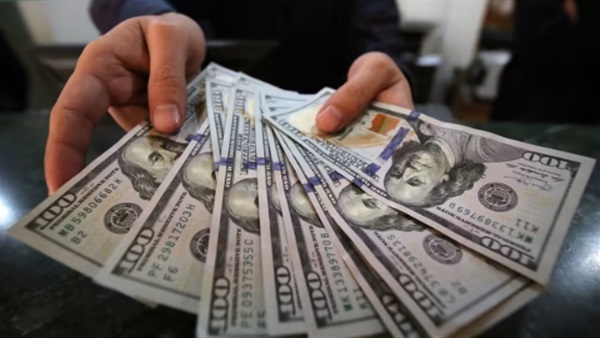Decline of the US Dollar: The Rise of a Bipolar Global Reserve Currency"

The US dollar has been the dominant global reserve currency
since the creation of the Bretton Woods system after World War II. Despite
fluctuations in exchange rates in the early 1970s, the greenback has maintained
its "exorbitant privilege." However, with the growing weaponization
of the dollar for national security purposes and increasing geopolitical
competition between the West and revisionist powers such as China, Russia,
Iran, and North Korea, some believe that the process of de-dollarization will
accelerate.
This trend is also being driven by the emergence of central
bank digital currencies, which could lead to an alternative multipolar currency
and international payment regime. While skeptics argue that the global share of
the US dollar as a unit of account, means of payment, and store of value has
not fallen much, they overlook the economies of scale and network that lead to
a relative monopoly in reserve currency status.
A reserve currency country must also accept permanent
current account deficits to issue enough of the liabilities held by
non-residents. Critics also question whether a country with a persistent
current account surplus can ever achieve global reserve status. However,
China's recent transaction with Saudi Arabia in renminbi, along with the Triffin
dilemma in a currency regime in which the reserve country runs permanent
current account deficits, suggests that the relative decline of the US dollar
as the main reserve currency is likely to occur over the next decade.
In a world increasingly divided into two geopolitical
spheres of influence, a bipolar, rather than a multipolar, currency regime will
replace the unipolar one. New technologies including CBDCs, payment systems,
swap lines, and alternatives to Swift will also hasten this transition. The
intensifying contest between the US and China will inevitably be felt in this
new bipolar global reserve currency regime.





